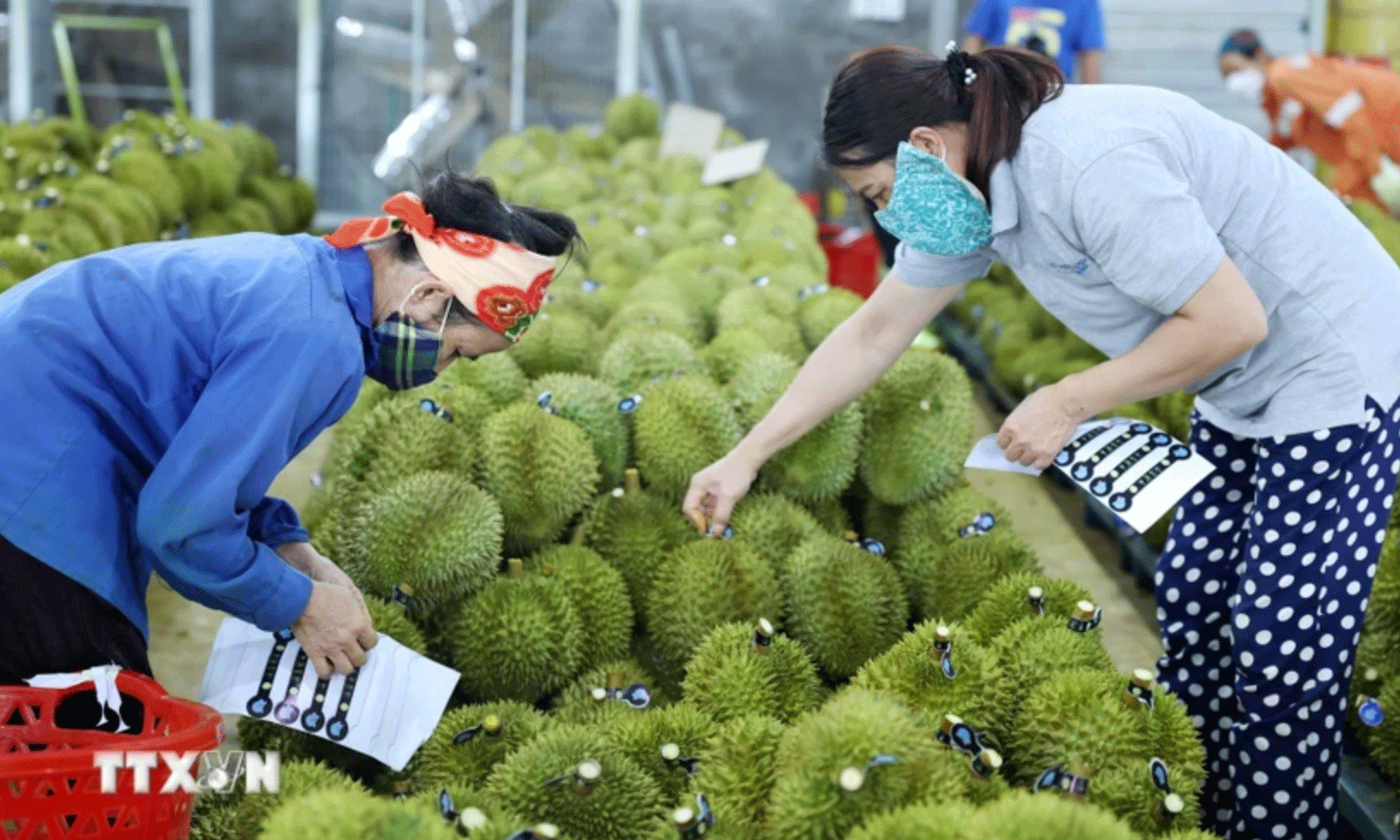 |
| Labeling durian before export. (Photo: Hoai Thu/VNA) |
The decline of the "king of fruits" - durian - has become the main cause of the decline in the export of the entire Vietnamese fruit and vegetable industry in the first months of the year. This industry is in need of urgent solutions to overcome hot issues as it is about to enter the main harvest season in the next 3 months.
This information was given at the Sustainable Development Workshop for the Durian Industry organized by Tien Phong Newspaper on June 10.
Causes of cadmium contamination in durian, yellow O
Mr. Nguyen Quang Hieu, Deputy Director of the Department of Crop Production and Plant Protection (
Ministry of Agriculture and Environment ) said that after signing the protocol on durian export with China, our country's durian export turnover has increased sharply. In 2023, the export value was over 2 billion USD, in 2024, the export turnover reached over 3.2 billion USD, accounting for 45-47% of the total export turnover of the entire fruit and vegetable industry. Faced with overheating growth, the Ministry of Agriculture and Environment held a large conference to warn about the risks.
Sharing information about the Chinese market warning about cadmium residue exceeding the threshold in Vietnamese durian, Mr. Hieu said that when Vietnam received the first notice in March 2024 from China, the Department of Crop Production and Plant Protection conducted many extensive and in-depth investigations, in which some areas were found to have high cadmium residue.
According to Mr. Hieu, recently, the Department of Crop Production and Plant Protection has announced the main causes of cadmium contamination in soil, including: Natural factors including soil and soil factors, plus many cultivated areas not being allowed to rest, causing cadmium contamination in soil. The subjective cause is due to people's habit of using more fertilizer than recommended.
Regarding O-yellow, Mr. Hieu shared that China added regulations on O-yellow due to the discovery on Thai durian. This substance is often used after harvest. Therefore, to prevent risks from all countries, China applied the same rule to Vietnam.
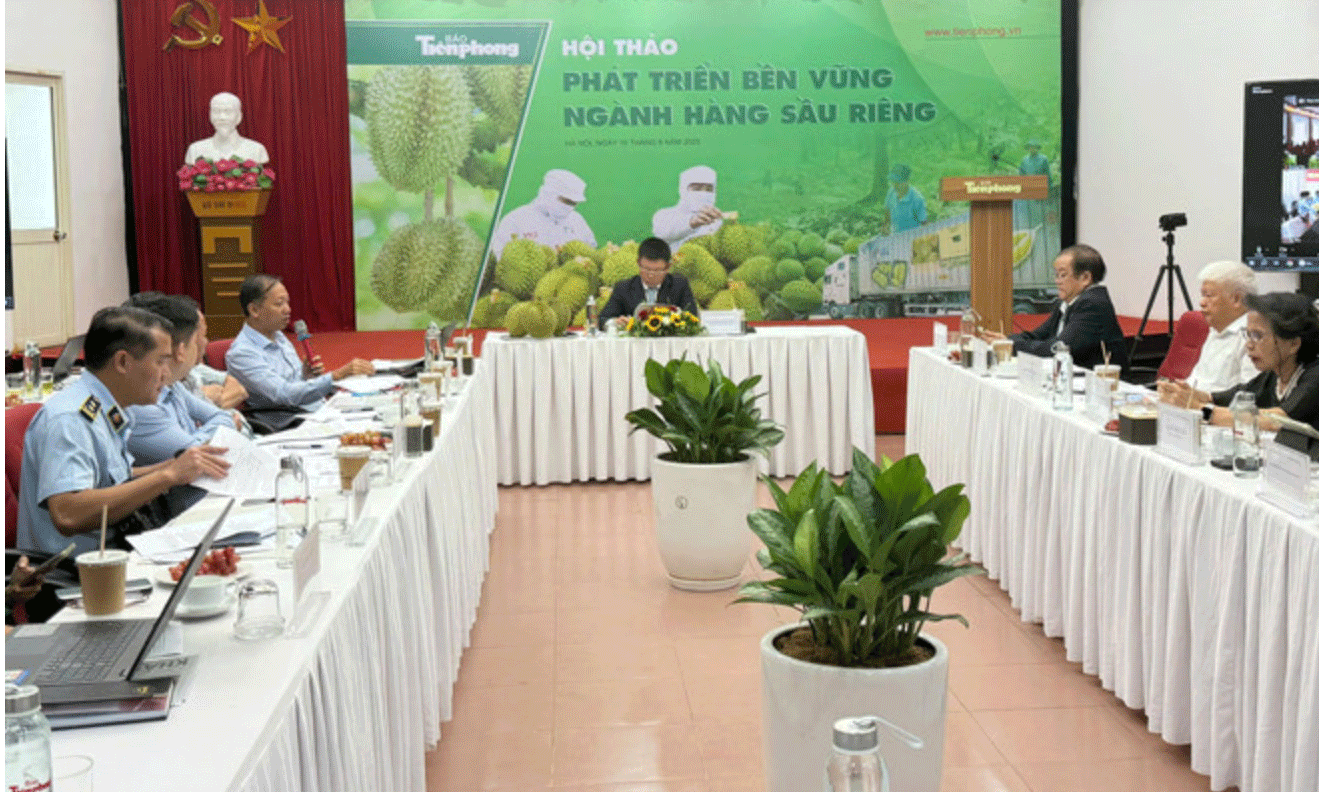 |
| Workshop on sustainable development of durian industry. (Photo: PV/Vietnam+) |
Mr. Dang Phuc Nguyen, General Secretary of the Vietnam Fruit and Vegetable Association, emphasized that the discovery of many batches of Vietnamese durian exported to China containing heavy metal cadmium residue exceeding the prescribed threshold is not only a warning about food safety, but also a harsh test of quality management capacity, brand reputation and sustainability of Vietnam's key agricultural export activities. The cultivation process of chasing productivity and lacking input control has unintentionally introduced toxins into the production chain.
Mr. Nguyen said that besides cadmium, the issue of residue of the banned substance yellow O (an industrial dye used to create a beautiful yellow color for durian peels and help the fruit ripen evenly) is also being tightly inspected by China, showing loopholes in the post-harvest processing and preservation stages.
"This incident has exposed the inherent weaknesses of an industry that has developed too 'hotly': Lack of comprehensive control of the supply chain - from input materials (fertilizers, pesticides) to garden cultivation processes and post-harvest handling," Mr. Nguyen emphasized.
Strengthen testing at the production facility
The General Secretary of the Vietnam Fruit and Vegetable Association said that for farmers, the fact that durian contains heavy metal residues of cadmium exceeding the prescribed threshold or is not yellow O has created confusion and anxiety. The price of durian in the garden is also affected, although it does not always decrease sharply due to seasonality, but the instability of output is an existential threat. Meanwhile, businesses are in a "dilemma", having to pack their goods "at random" and face heavy losses if the goods are returned due to not meeting residue requirements.
"For Vietnamese durian to develop sustainably, we need to implement urgent solutions to regain consumer trust," Mr. Nguyen shared.
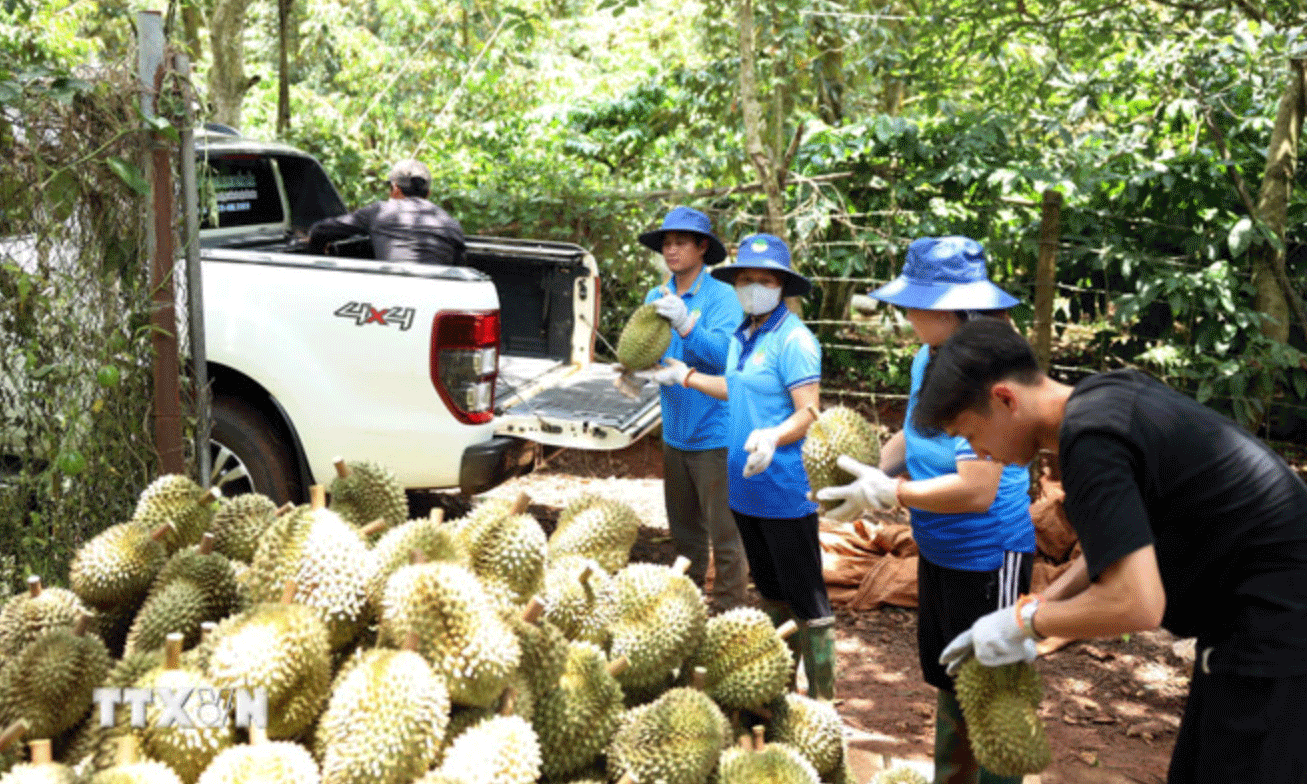 |
| Loading durian onto a truck to take to the purchasing warehouse. (Photo: Hoai Thu/VNA) |
Mr. Nguyen suggested that it is necessary to establish a quality monitoring system from the root, strengthen the testing process at durian production facilities by building food safety monitoring and plant quarantine programs right at the garden and durian packaging facilities by expanding the list and improving the capacity of many qualified laboratories covering durian growing areas. The traceability will be accurate and clear when Vietnamese or Chinese authorities need to trace the code, residue of banned substances... of exported durian.
In the long term, a representative of the Vietnam Fruit and Vegetable Association said that solutions are needed to overcome difficulties in production and export: Planning concentrated and sustainable growing areas; tightening management and granting codes for growing areas and packaging facilities; strictly controlling input materials; changing farming processes; building national brands...
Mr. Phan Van Duy, Deputy Director of the Department of Quality, Processing and Market Development (Ministry of
Agriculture and Environment) said that up to now, the country has 34 facilities certified for cadmium testing; 19 facilities certified for gold O testing. Of which, China has recognized 24 facilities for cadmium and 15 facilities for gold O.
"However, four facilities were eliminated by China due to differences between the test results in Vietnam and the test results when the goods arrived. This is an existing risk. The reason is that the sampling is only representative, while in reality the growing area is very large, it is impossible to absolutely ensure that all products meet standards. Therefore, we recommend that localities and related units coordinate more closely, especially control right from the beginning of the production chain...," said Mr. Duy.
Sharing more from the perspective of a state management agency, Mr. Nguyen Quang Hieu said that currently the Department of Crop Production and Plant Protection is working with people to handle soil contaminated with cadmium, however this will take a long time to complete.
( According to https://www.vietnamplus.vn/can-lap-he-thong-giam-sat-chat-luong-kiem-nghiem-ngay-tai-co-so-trong-sau-rieng-post1043417.vnp )
Source: https://baoapbac.vn/kinh-te/202506/can-lap-he-thong-giam-sat-chat-luong-kiem-nghiem-ngay-tai-co-so-trong-sau-rieng-1045007/





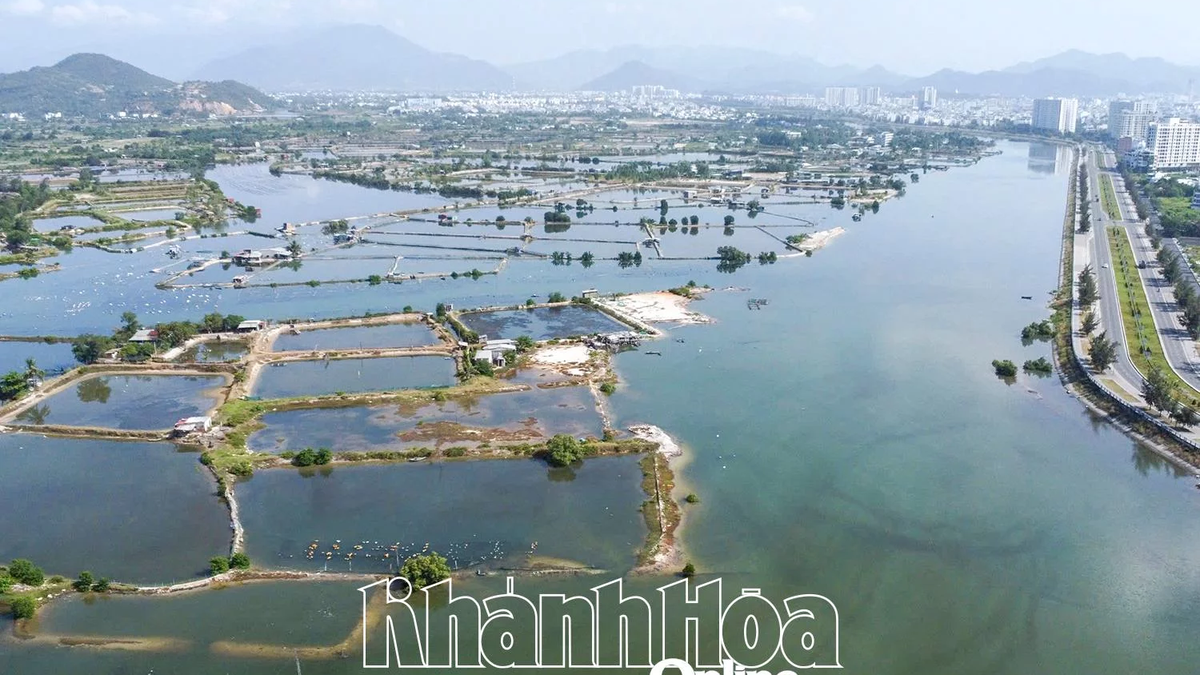

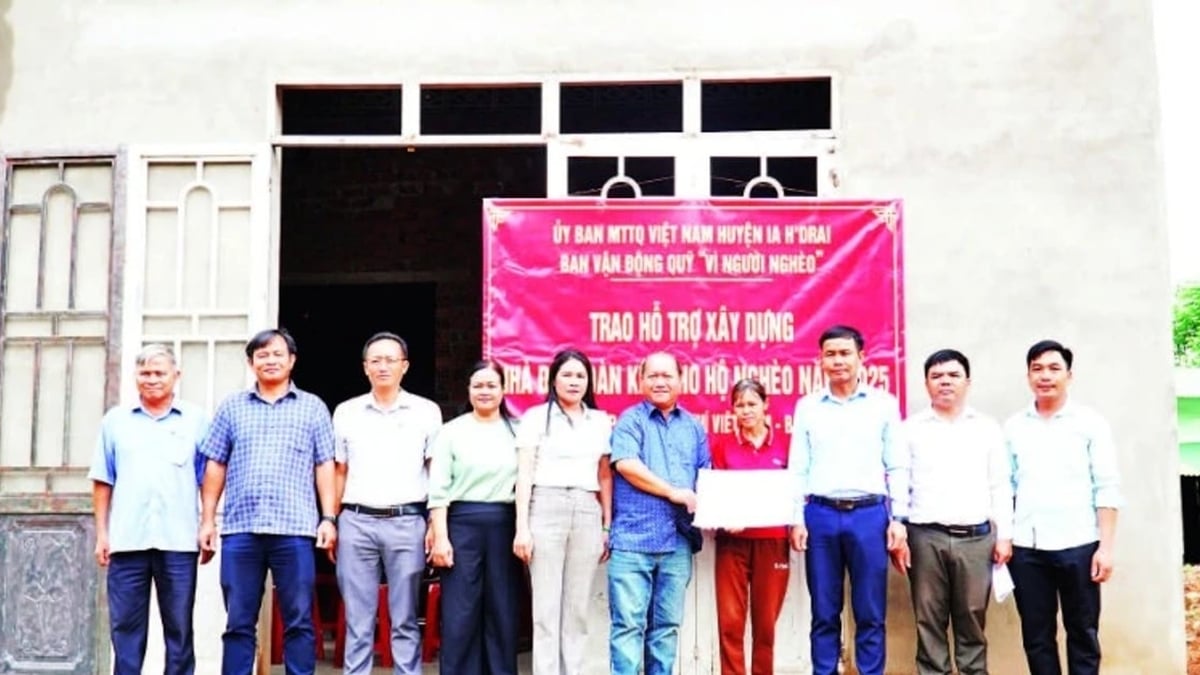
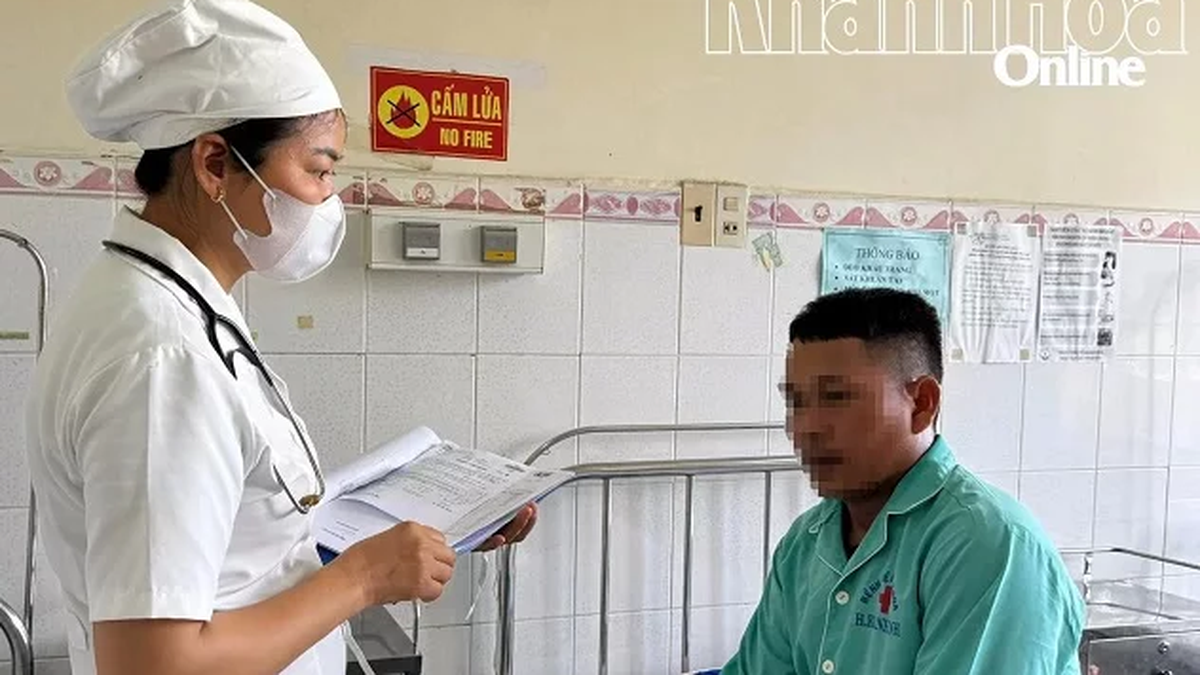
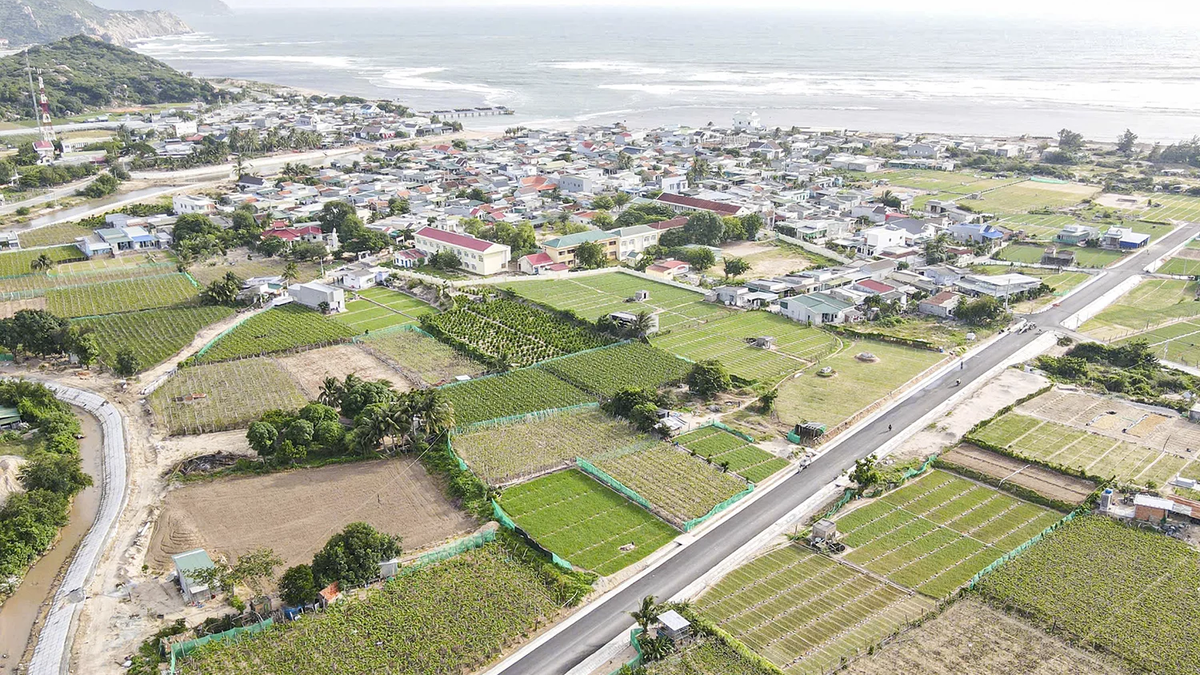
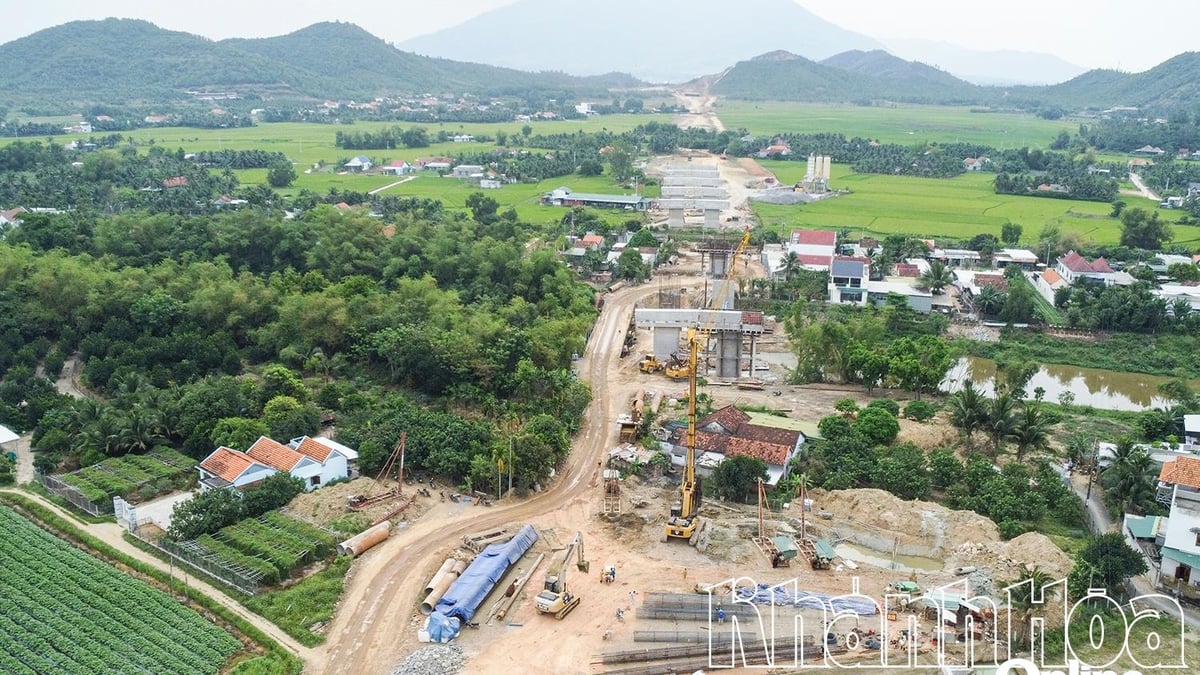

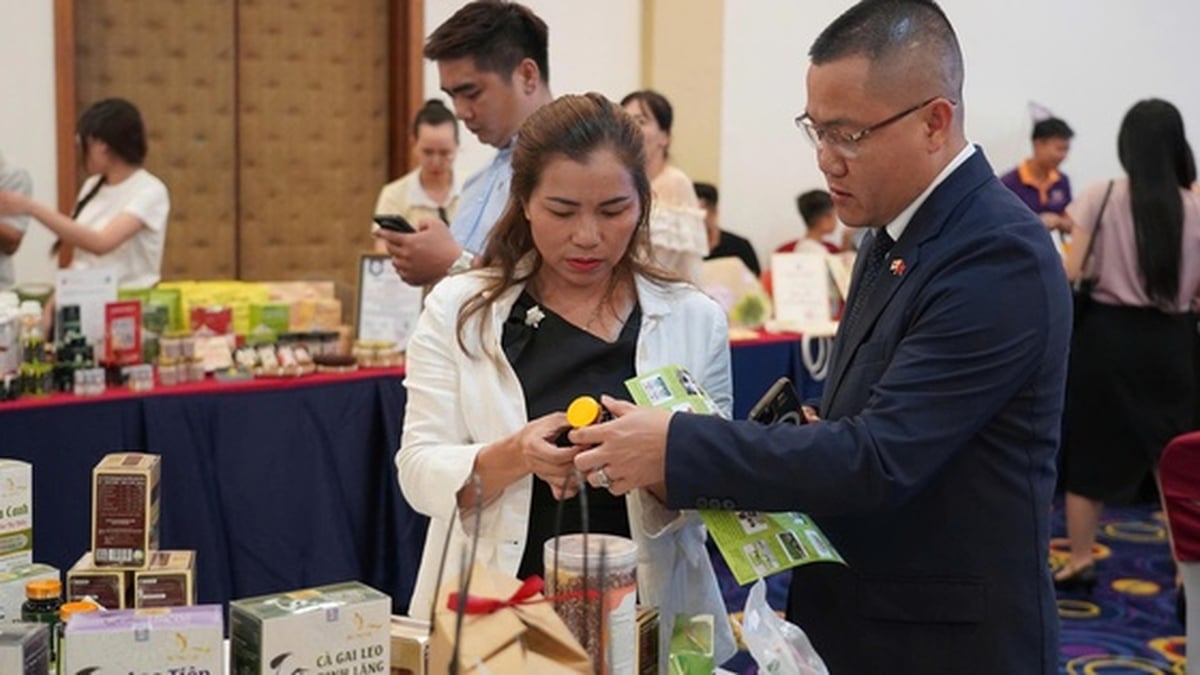
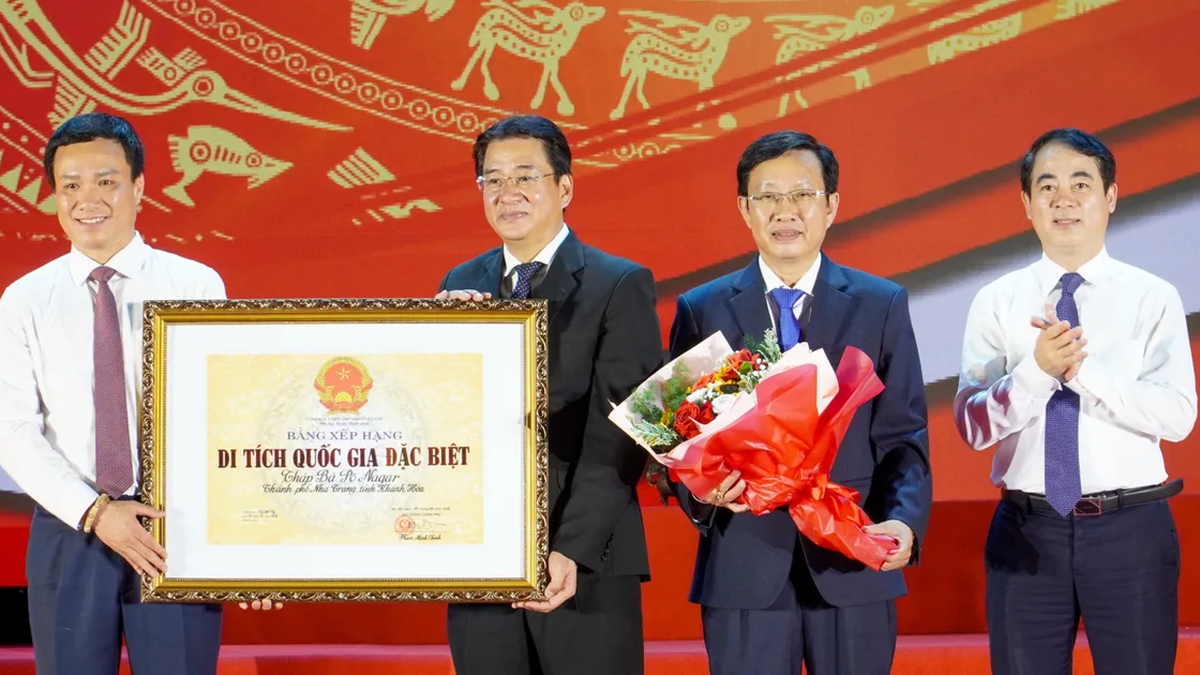













![[Photo] Gia Lai provincial leaders offer flowers at Uncle Ho's Monument with the ethnic groups of the Central Highlands](https://vphoto.vietnam.vn/thumb/1200x675/vietnam/resource/IMAGE/2025/7/9/196438801da24b3cb6158d0501984818)






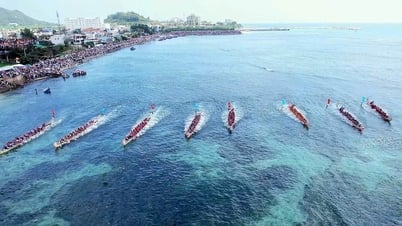

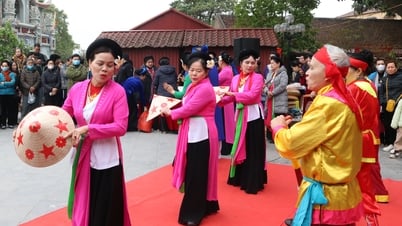

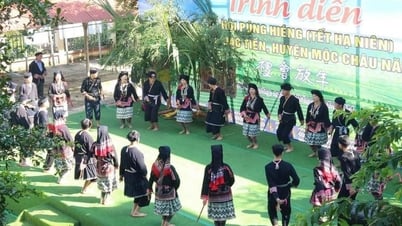

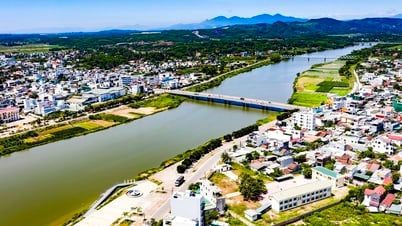

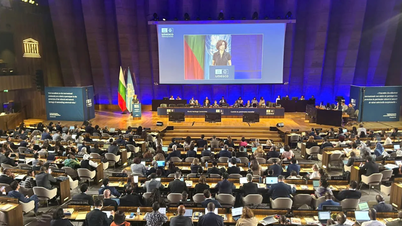








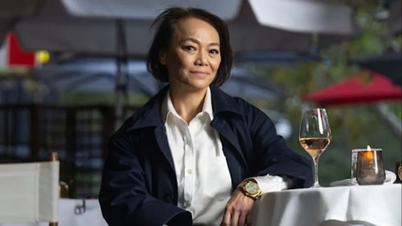





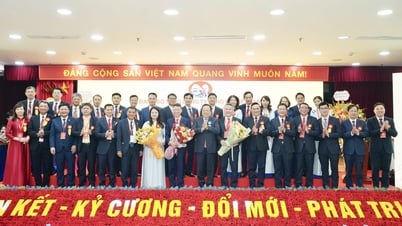



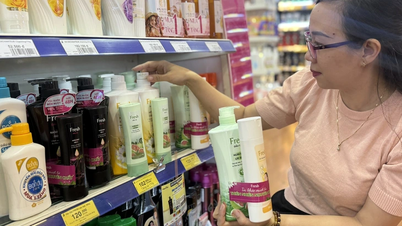










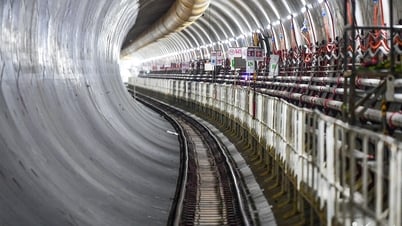
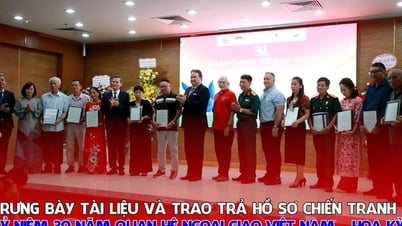

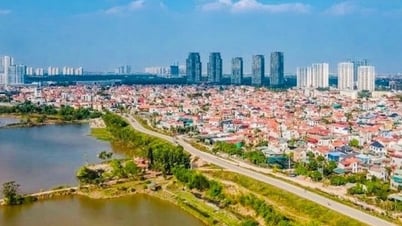

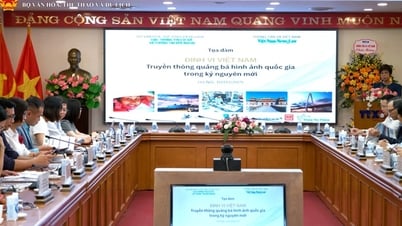

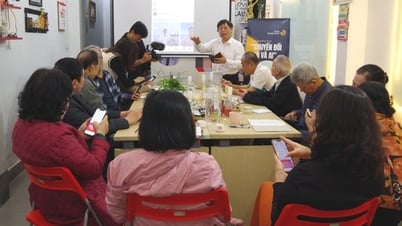








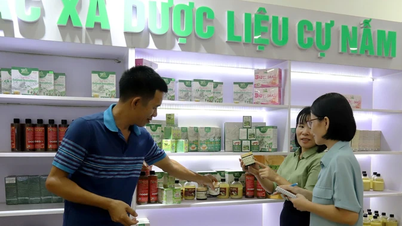
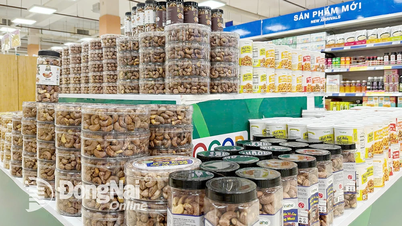

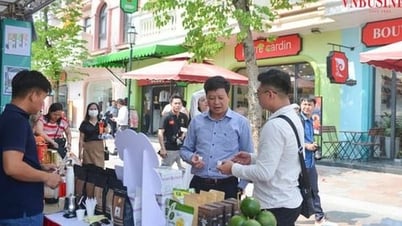

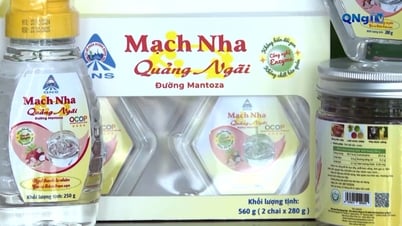

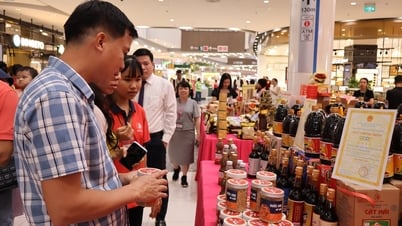


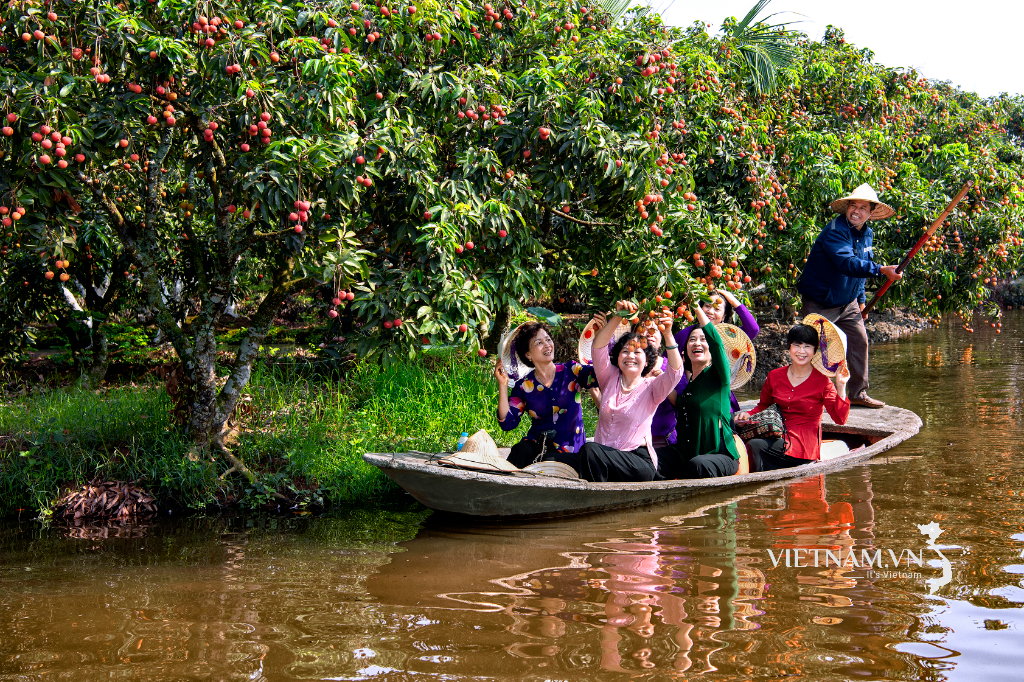


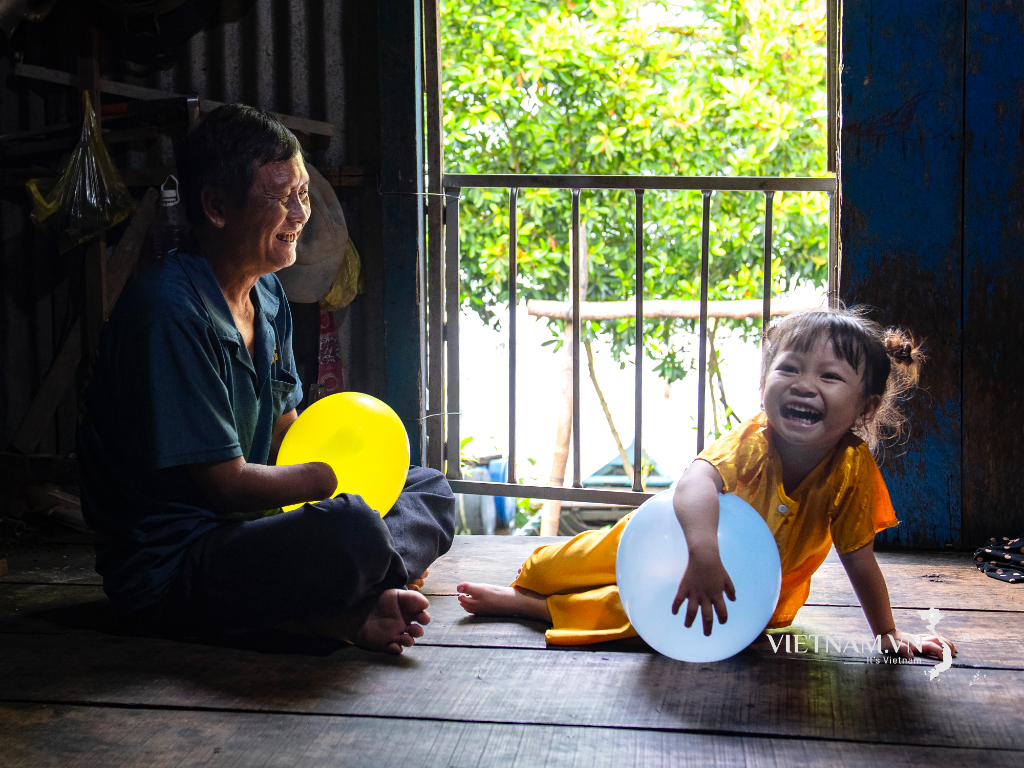
Comment (0)